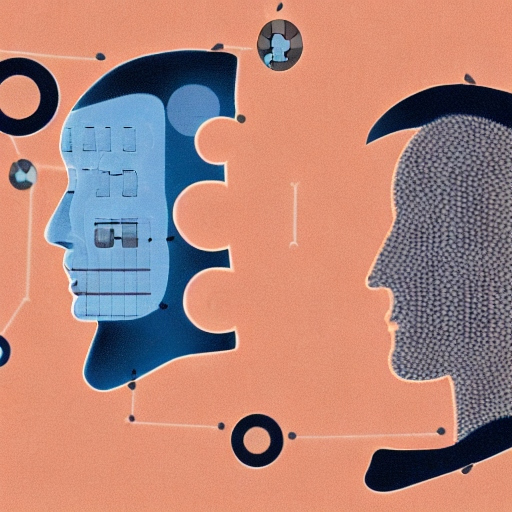In order to improve the objectivity of diagnostic criteria, scientists from Skoltech, the University of Sharjah, and Al-Farabi Kazakh National University have identified biological markers for clinical depression. The journal Neurobiology of Stress has published their research.
The second most common cause of disability after oncology is clinical depression, also known as major depressive disorder. It is anticipated that by 2030, it will be the main factor. Despite being a problem for 280 million people worldwide, according to the WHO, clinical depression is still challenging to identify.
At the moment, mental illnesses are identified through patient conversations, questionnaires, and rating scales. The outcomes are subjective since they can be interpreted differently by different practitioners. Still lacking are trustworthy biomarkers—objective signs of a propensity for mental diseases or their development.
The objective was to identify such biomarkers that would be both dependable and available. According to research co-author Assistant Professor and Head of Research Group at the Applied AI Centre Maxim Sharaev, blood tests are frequently ignored by patients and an MRI examination is not always feasible.
Researchers worked with the University of Sharjah to collect multimodal data that depict the patient from several angles. They consist of genotyping, transcriptome analysis, blood testing, electroencephalography, and MRI evaluation.
According to Sharaev, they believe the era of straightforward biomarkers is coming to an end. To diagnose an illness, one criterion is no longer sufficient. They require a set of identifiers that can be more easily discovered by machine learning. Based on these many sorts of data, they gathered extensive data and created machine-learning models that can identify integrative biomarkers. But before combining these types, They looked at each of them independently to choose where to focus our efforts.
Transcriptome analysis is one form of data that this study examines. Transcriptomics studies how genes are expressed in cells to predict phenotypes, in this example, clinical depression.
Through the use of accessible datasets and machine learning techniques, certain biomarkers have been found by comparing indicators for patients of various racial and cultural backgrounds. Using standard bioinformatics and machine learning techniques, 170 individuals with clinical depression and 121 healthy controls were investigated for the transcriptome study.
When dealing with multimodal data and a limited sample that places restrictions on it, traditional bioinformatics methods can be helpful. These methods are widely used and based on statistics, however they have certain drawbacks. As an illustration, they produce false positives, take a long time to converge, and might leave out some biomarkers. In Skoltech, they supplemented these techniques using machine learning. They developed models, ensured the accuracy of classifications, and obtained significant features in the form of genes, the expression of which had an impact on the outcome using the same data, Sharaev continues.
After contrasting the findings of two analyses, researchers determined the most significant genes. This strategy improved their objectivity because the procedures were applied simultaneously and were based on many models. Saliva samples from 12 clinical depression patients and eight healthy volunteers were used in lab testing and a separate new sample to validate the findings. These genes are expressed in various regions of the human brain, according to research using the Allen Brain Atlas.
They intend to increase and refine the gene set for screening and quick diagnostic processes in the future. They don’t need blood tests or other intricate examinations; they just need saliva tests to do that. That would be sufficient to reach conclusions for the initial analysis, according to Sharaev.
This study emphasises the value of utilising AI in conjunction with bioinformatic analytics to better understand some molecular pathways behind such complicated disorders as major depressive disorder. Rifat Hamoudi, the study’s principal author, adds that finding potential diagnostic non-invasive biomarkers during the process is extremely helpful for both patients and professional psychiatrists.
The study is part of the Skoltech-University of Sharjah collaboration project named Interpretable Artificial Intelligence and Deep Learning Models based on Integrative Neuroimaging and Genetics Data for Predicting Abnormal Emotional Development.









